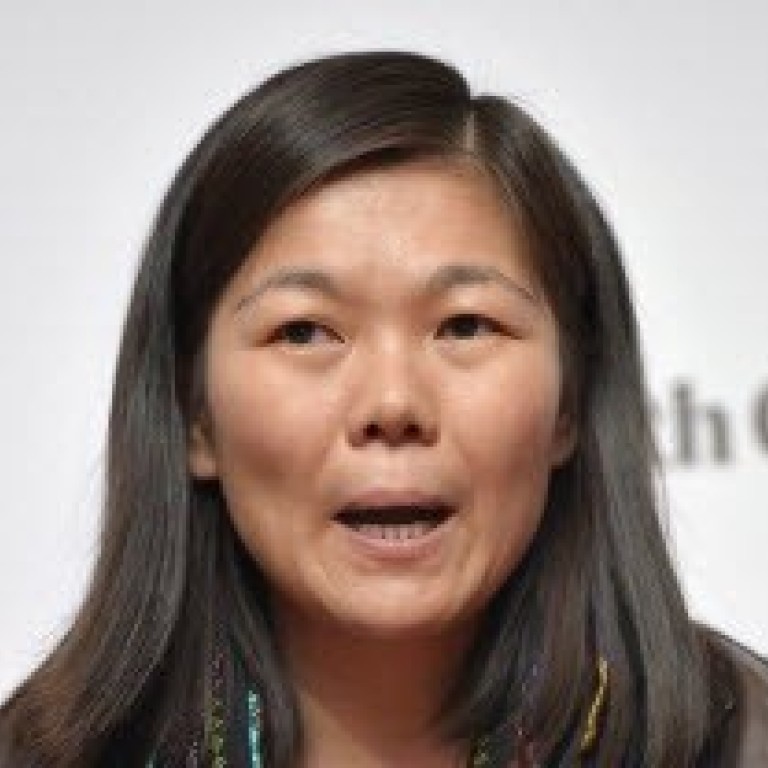
Southeast and South Asians are Hong Kong's poorest of the poor
Hong Kong's Asian minorities are the poorest of the poor, with needs that are often different from the rest of the population, ethnic minority rights advocate Fermi Wong Wai-fun said.
Hong Kong's Asian minorities are the poorest of the poor, with needs that are often different from the rest of the population, ethnic minority rights advocate Fermi Wong Wai-fun said.
Speaking yesterday at the year's final "Redefining Hong Kong" discussion, sponsored by the Wong said the needs of the South and Southeast Asian communities should not be left until last merely because those groups are relatively small.
"It's easy to overlook them. They seem to live in a parallel world with the rest of Hong Kong, but invisible to the general public," Wong said. Compared with other vulnerable groups such as new immigrants, the elderly and women, ethnic minorities are the poorest, she said, both in terms of income and opportunities.
"This is a matter of justice," she said. "And when it comes to justice, numbers should not count."
With no South Asian or Southeast Asian lawmakers or elected officials, their needs are often not considered during policymaking, she said. "Most people from ethnic minorities are very humble and they dare not ask for help, let alone demand anything from the government."
Because some groups, such as Pakistanis, have higher birth rates than the city's Chinese, the risk of intergenerational poverty is high, Wong said, with parents having to support more children. "We are especially worried about the next generation - whether they will become a social burden or social capital," she said.
Wong is resigning as director of the ethnic minority advocacy group Unison this month because of health reasons. She said that one of her biggest regrets was the lack of change in education.
"The root problem of poverty among ethnic minorities is institutionally created, and it starts with the education system," she said. Segregation starting in primary school made it hard for ethnic minority pupils to learn Chinese, especially when they don't use it at home, limiting their education and therefore career possibilities.
South Asian and Southeast Asian minorities comprise 1.7 per cent of the total population, with many communities - including the Indian, Pakistani and Nepalese population - having been present in Hong Kong for two or more generations. Ethnic minority children whose parents cannot afford an international school education are channelled into 38 designated schools where most of the student population is non-Chinese, said Wong.
There are no official programmes to help non-Chinese-speaking students reach the required level in Chinese. Those who cannot get there themselves must take the General Certificate of Secondary Education exam in Chinese used in Britain - roughly equivalent to Primary Four-level Chinese - instead of sitting the local public exam. But the public exam is a requirement if a student wishes to attend a local university. As a result, just 1 per cent of ethnic minority students who attend public schools are admitted to Hong Kong universities.
Wong's NGO, with others such as Oxfam Hong Kong, have long advocated a Chinese-as-a- second-language curriculum, but the government has yet to back it.
